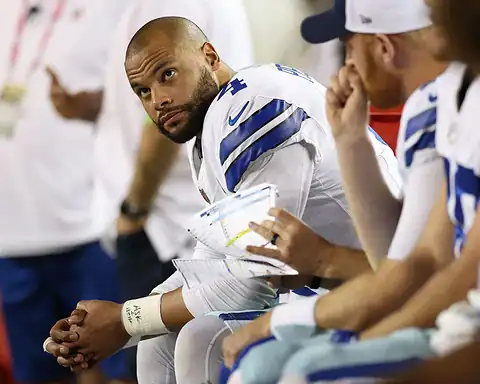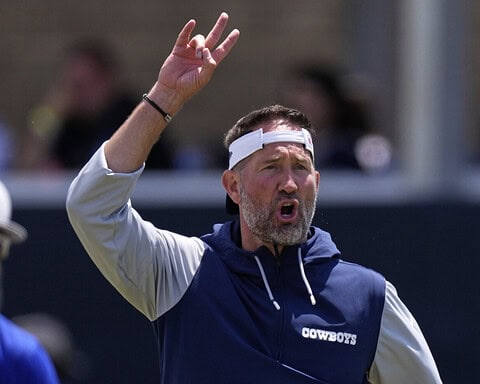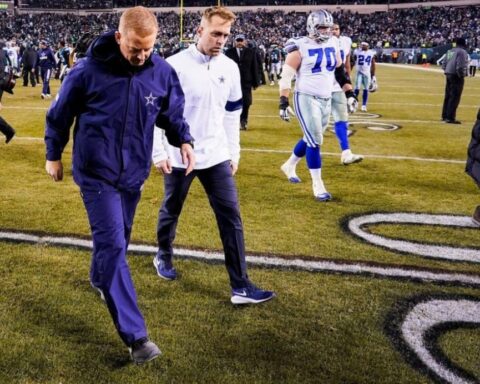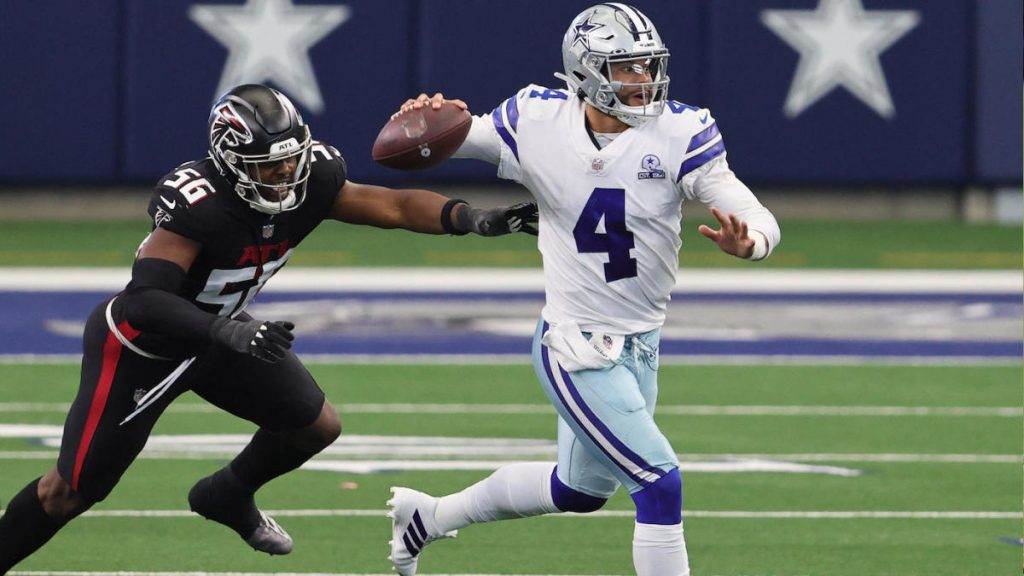The Philadelphia Eagles have surpassed the Dallas Cowboys in more ways than one, but on Super Bowl Sunday, their willingness to “be aggressive” and “take chances” shined through the most. Eagles head coach Doug Pederson was congratulated by the masses for not coaching scared, and instead going for it on key fourth downs and even attempting trick plays.
When you really evaluate those decisions, however, they shouldn’t even be thought of as “risky.” If anything, they were simply the obvious call.
Over the last few months I have been working with win probability models, looking to validate and refine those available to the public. I can’t share too much about the work as of yet (there will hopefully be a published article in the future), but the work is certainly promising.
What I can say is this. Dennis Lock and Dan Nettleton worked to utilize random forests to estimate win probabilities before each play in an NFL game. These “forests” are similar to decision tree machine learning, cycling through random trees of past data to predict future outcomes.
Brian Burke has been utilizing his model for a while now, and Pro Football Reference has a simple, yet effective model as well. For my project, I have been working to find the “best” ways to estimate those win probabilities in order to inform decision making by head coaches and coordinators.
If you aren’t utilizing analytics correctly in today’s NFL, you’re falling behind. And if you aren’t willing to take calculated risks based off of what these numbers say and mean, you are really falling behind.
How does this all relate to the Cowboys?
Well, Cowboys Nation has been pretty consistent in their main criticism of head coach Jason Garrett: he’s too conservative. They say he coaches scared, and they believe he punts the ball away too often between the 40’s. Numbers accumulated by writers such as Bob Sturm and Marcus Mosher back up these claims, but I wanted to examine Garrett’s decision making through the win probability lens.
I took to Twitter to ask the fan base for specific scenarios in which they felt Garrett was too conservative. Then, I ran these situations through the win probability model to determine how these decisions affected the outcomes.
Over a series of posts I will detail what the model says about the Cowboys’ decision making in these key moments. First, we go back to December of last season where the Cowboys had their season on the line in Oakland.
Cowboys at Raiders, 2017
One instance which was consistently brought up was ironically from a Cowboys win. Yes, a win!
The Raiders had played the Cowboys close all game long, and with their season on the line Dallas was in position to put those pesky Raiders away. Tied at 17 they entered a fourth and goal situation at the Raiders’ 1 yard line. The Cowboys decided to kick the field goal and grab a 20-17 lead. While Dallas did hang on to win, this was only because of a miraculous play by Jeff Heath which resulted in a fumble and a touchback.
Many of the fans who tweeted at me seem to think the Cowboys should have went for the touchdown on fourth down, rather than take their three points. But what does the model say?
Prior to the fourth down play, the Cowboys had about an 85% chance to win the game. After kicking the field goal and kicking the ball away to Oakland, that probability went down to just above 80%. Had the Cowboys gone for it and been stuffed at the Raiders’ 1 yard line, that probability would have dropped all the way to just over 57%.
But the model does believe that Garrett made the right decision. Of course, had Dallas scored a touchdown, the game would’ve virtually been over, but the variance in probabilities suggests that kicking the field goal and taking the sure points was a good move.
Next week, I explain where Jason Garrett and company may have gone wrong during a key 4th down decision against the Los Angeles Rams. If you have any suggestions for plays/situations you’d like evaluated, please comment below!









